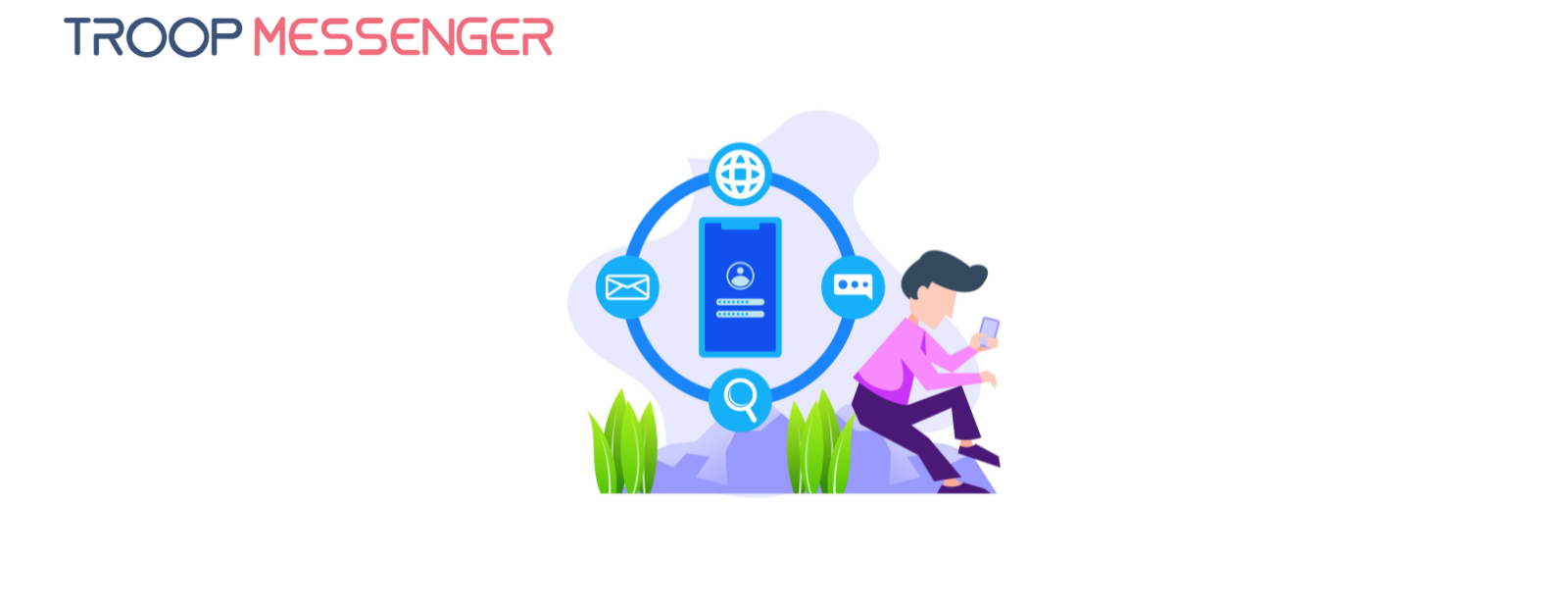Connect with us

How Effective Communication Tools Can Drive Team Productivity?
With the rise of remote and hybrid work, many of the things that were long held dear by companies, such as cohesiveness, loyalty, and a chain of command have all started coming apart, with massive long-term ramifications.
This is because the traditional ethos of internal communication, which involved memos and emails, is no longer befitting this new age, bringing forth a string of new apps and solutions to pick up the slack “pun intended!”
First up, why bother with communication tools at all? Well, in any team, big or small, communication is the glue that holds everything together.
When internal communication is on point, projects move smoothly, people stay informed, and creativity flows. But poor communication? That’s a recipe for delays, frustration, and errors, not to mention poor morale and high employee turnover.
The Evolution of Communication Tools In Workplaces
Think back to the last ten years or so, you’ll see just how far communication tools, especially those pertaining to workplaces have come.
From basic emails and phone calls that covered everything, to increasingly sophisticated platforms that integrate messaging, video calls, file sharing, and real-time collaboration, among other things. You can now have a call with your team while explaining your plans on a virtual whiteboard to convey your ideas.
Tools like Slack, Microsoft Teams, and Zoom have become household names over the course of the pandemic and will become mainstays long after COVID-19 becomes a distant memory, given just how interwoven modern workplace culture has become with them.
We also live in a new age of accessibility and radical transparency. If you work in marketing or cold outreach, you probably have first-hand experience with how easy it is to get a hold of even the most senior executives off-late.
You can get access to, and contact Elon Musk himself to pitch your product, provided you have the cred to grab his attention and make the sale.
How Communication Tools Boost Productivity?
Modern communication tools do a phenomenal job when it comes to streamlining the flow of information between different teams and workers. When work-from-home first became a norm four years ago, these tools were a lifesaver, helping overcome significant challenges posed by our new reality.
1. Streamlining Information Flow
The right tools can cut through the noise. Instead of sifting through a mountain of emails, teams can use chat apps to send quick messages or share files. This immediacy can speed up response times and help keep projects on track.
Additionally, these tools organize conversations into threads or channels, making it easier to track discussions and retrieve vital information quickly.
This structure reduces redundancy and ensures that every team member is on the same page, significantly decreasing the time spent searching for specific details or updates.
2. Enhancing Collaboration
Modern tools are all about collaboration. Think Google Docs where multiple people can edit the same document at once, or Trello where teams can manage project tasks in a shared view. Some companies build intranets to bring their people together. This kind of functionality not only makes it easier to work together but fosters a sense of shared purpose.
This collaboration can be taken a step further in creative teams, with the use of virtual whiteboards and shared screens to better visualize ideas during meetings and brainstorming sessions.
Technology continues to improve in this regard, with Apple’s Vision Pro, the latest in-line to offer features to aid and enable remote work at large organizations. Google’s futuristic 3D meeting tech is another one that has recently started to turn heads.
3. Facilitating Remote Work
With more teams going remote, communication tools are crucial for keeping everyone connected. Video conferencing can help make remote meetings more personal, and dedicated communication channels can ensure that everyone, regardless of their location, feels like part of the team.
That being said, building rapport and a sense of belonging in remote work settings is more about the culture you manage to build, rather than the tools being used. The tools, if anything are mere facilitators, but yes, these facilitators are crucial for spearheading effective, and efficient change.
Moreover, these tools support asynchronous communication, allowing team members in different time zones to contribute at their convenience. This flexibility helps maintain a continuous workflow and enhances inclusivity, making sure no one is left out due to geographical or scheduling constraints.
4. Integrating With Other Tools
Many communication tools now integrate with other software, automating tasks and making life easier. For example, you can set up Slack to receive automatic updates from your project management tool or CRM. This reduces the need to switch between apps and keeps important info flowing seamlessly.
The thing about communication and task management tools is that more often than not, instead of delivering productivity gains, they eat into productivity resulting from excessive context switching. This occurs when you are forced to swap between multiple tools and apps to gain context pertaining to your work.
With the right integration and automation, however, these issues can be avoided. Ideally, teams should have just one, or a maximum of two apps that contain all the context they require to do their work and submit their deliverables effectively.
Choosing The Right Tools
It’s not just about picking the most popular tool; it’s about finding what works best for your team’s specific needs. Here’s what to consider,
- Ease of Use: If it’s not user-friendly, it won’t get used. Simple as that. Fortunately, the latest gens of communication apps are putting user experience at the forefront, making it incredibly simple to get started and get a hang off.
- Features: Does it have all the features your team needs? Think of file sharing, video calls, task management, etc. This again, is well accomplished off-late, partly due to the sheer number of third-party apps, integrations, and APIs that are available, leaving no end to the number of features and functionalities that can be accomplished.
- Scalability: Can it grow with your team? The processes and systems you have in place could all go haywire if you lack sufficient scalability.
- Security: Especially important if you’re dealing with sensitive information.
- Cost: Budget is always a factor, especially since a vast majority of these tools come with recurring subscriptions, meaning you will go on paying for them month after month. Luckily, there are great free options and scalable paid ones.
Best Practices for Using Communication Tools
- Keep Channels Organized: Too many channels can be as bad as too few. Keep them organized and specific to topics or projects. Creating a systematic naming convention for channels can also streamline navigation and enhance discoverability. This method ensures that team members can quickly identify relevant channels, reducing the time spent scrolling and increasing efficiency in accessing the required information or discussions.
- Regular Training: Make sure everyone knows how to use the tools effectively. Regular training sessions can help. Offering training in various formats, such as live workshops, video tutorials, and quick-reference guides, caters to different learning preferences and ensures all team members can effectively utilize the tools regardless of their tech proficiency.
- Set Guidelines: Have clear guidelines on how different tools should be used. This can prevent misuse and ensure that communication remains efficient. There are already plenty of Slack and Microsoft Teams best practices available online, which you can buy and customize to suit your own team, organization, and requirements.
The Future of Communication Tools
Looking ahead, communication tools are likely to get even more sophisticated. We’re talking AI integration for automated tasks, enhanced security features, and even more seamless integration with other tools.
The key will be staying adaptable and always being on the lookout for ways to improve communication flows within your team.
Going forward, expect augmented and virtual reality to make an entrance, offering more immersive and interactive meeting experiences. This could revolutionize remote team interactions by simulating a shared physical space, further narrowing the gap between virtual and face-to-face communication.
All in all, the future of communication is as bright as it is exciting. The COVID-19 pandemic and the resulting shift to remote work have unveiled a string of new opportunities in this space, with innovations and solutions taking shape every passing month, making all of this a blessing in disguise.
Wrapping Up
Effective communication tools don’t just make life easier, they make work more productive, collaborative, and engaging.
Whether you’re part of a small team or a large organization, taking the time to choose and use the right tools can make a big difference. Remember, the goal is to make communication so smooth that your team can focus on what they do best: delivering great work.








